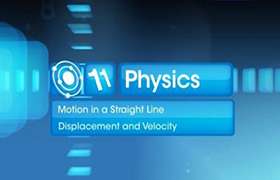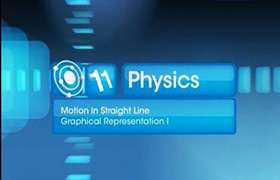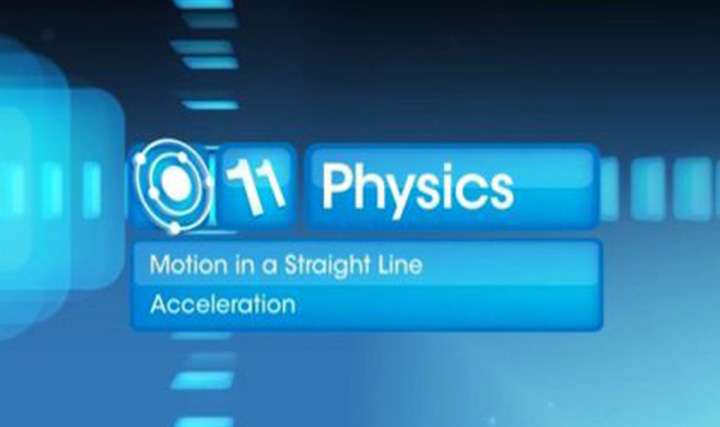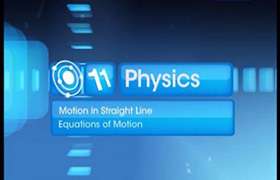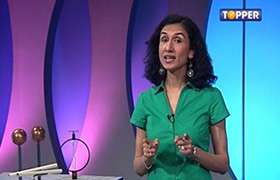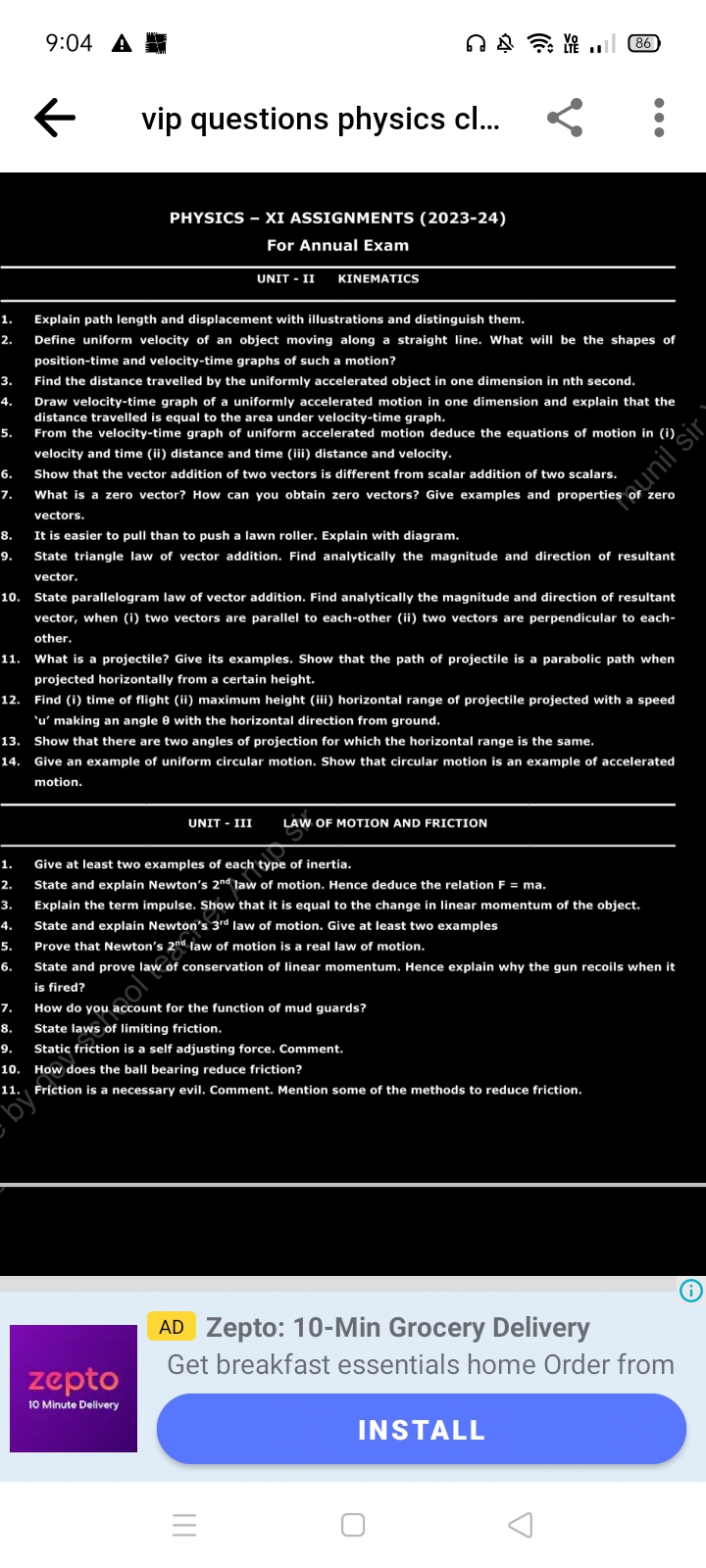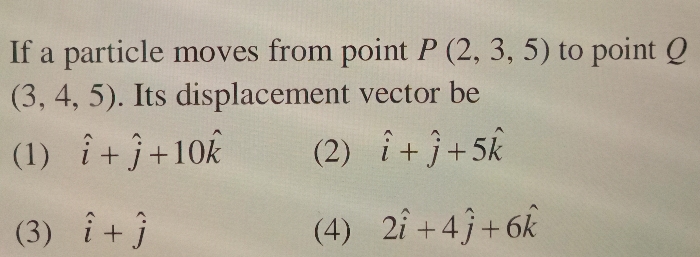CBSE Class 11-science Answered
to stop a car first you require a certain reaction time to begin braking; then the car slows under the constant braking deceleration.suppose the total distance moved by the car during these two phases is 56.7 m when its initial speed is 80.5 km/h and 24.4 m when its initial speed is 48.3 km/h. What are:
Asked by susmita bhattacharjee | 02 Jun, 2013, 06:49: PM
initial speed in first case, u1 = 80.5 kmph = 22.36 m/s
total distance moved to stop in this case, s1 = 56.7 m
initial speed in second case, u2 = 48.3 kmph = 3.41 m/s
total distance moved to stop in this case, s2 = 24.4 m
finail velocity, v = 0 m/s
let the reaction time be T
and magnitude of deceleration be a
thus if the time taken to stop the car in first case is t1 and in second case is t2
thus using first equation of motion,
t1 = - u1/a ...............(1)
t1 = - u2/a ...............(2)
and using third equation of motion,
u12/2.a + u1.T = s1 ............(3)
similarly for the second case:
u22/2.a + u2.T = s2 ............(4)
thus now solving eq. 3 and 4 simultaneously, we can find T and a
Answered by | 02 Jun, 2013, 11:11: PM
Concept Videos
CBSE 11-science - Physics
Asked by om636694 | 04 Mar, 2024, 09:10: PM
CBSE 11-science - Physics
Asked by dhanapolla | 28 Jan, 2024, 10:40: AM
CBSE 11-science - Physics
Asked by santoshyadav6673633 | 26 Jan, 2024, 04:55: PM
CBSE 11-science - Physics
Asked by manjusrihalder395 | 07 Jan, 2024, 09:55: PM
CBSE 11-science - Physics
Asked by rahmanshah8572 | 29 Dec, 2023, 08:41: PM
CBSE 11-science - Physics
Asked by klvnsnthl | 25 Dec, 2023, 07:50: PM
CBSE 11-science - Physics
Asked by pothulasubbarayudu | 25 Dec, 2023, 06:58: PM
CBSE 11-science - Physics
Asked by neerajchaurasiya651 | 10 Dec, 2023, 09:32: PM
CBSE 11-science - Physics
Asked by debasishbarik2006 | 17 Nov, 2023, 07:03: PM

